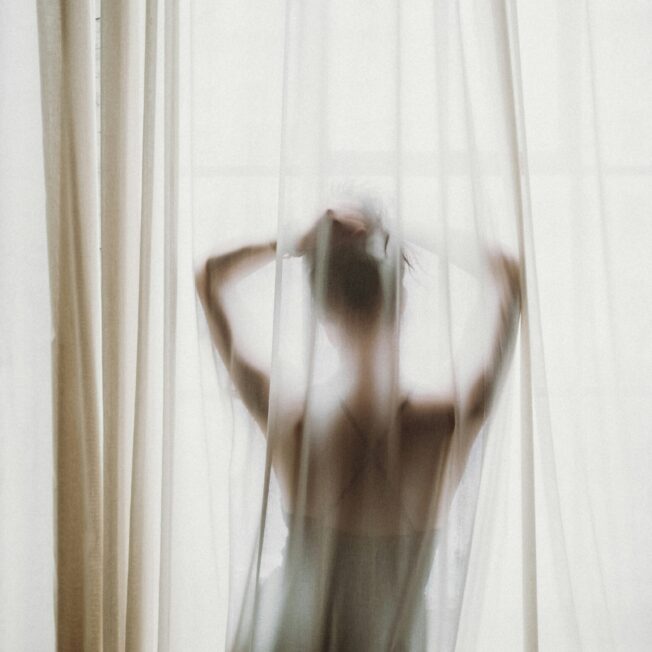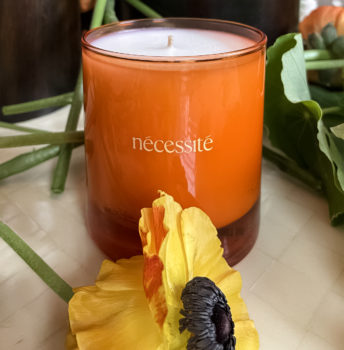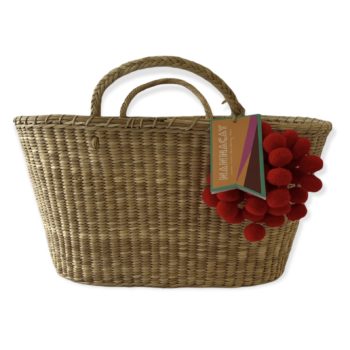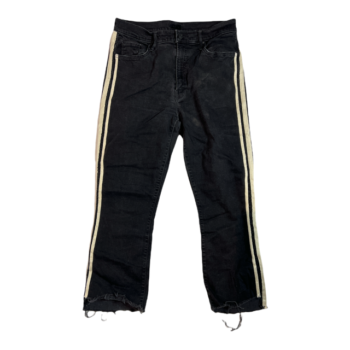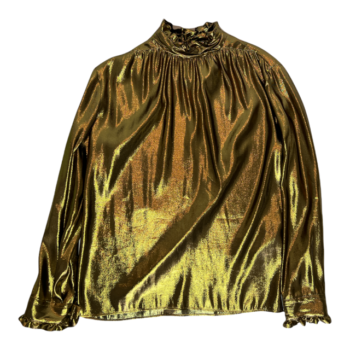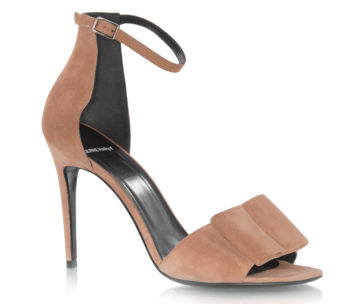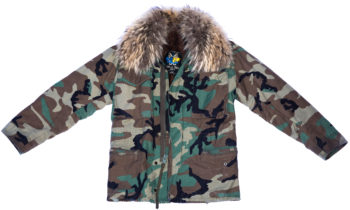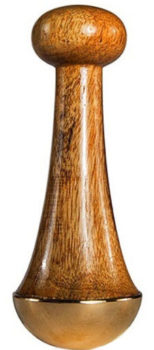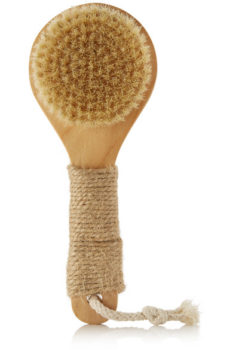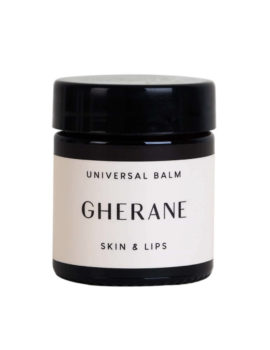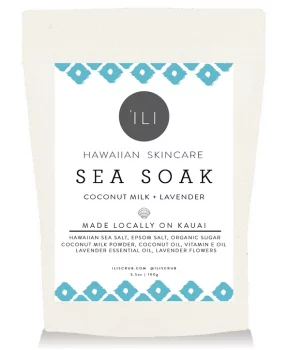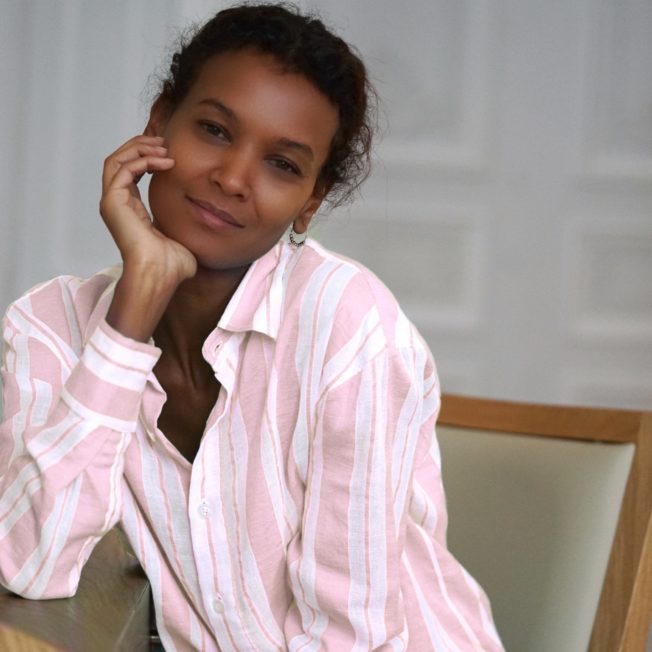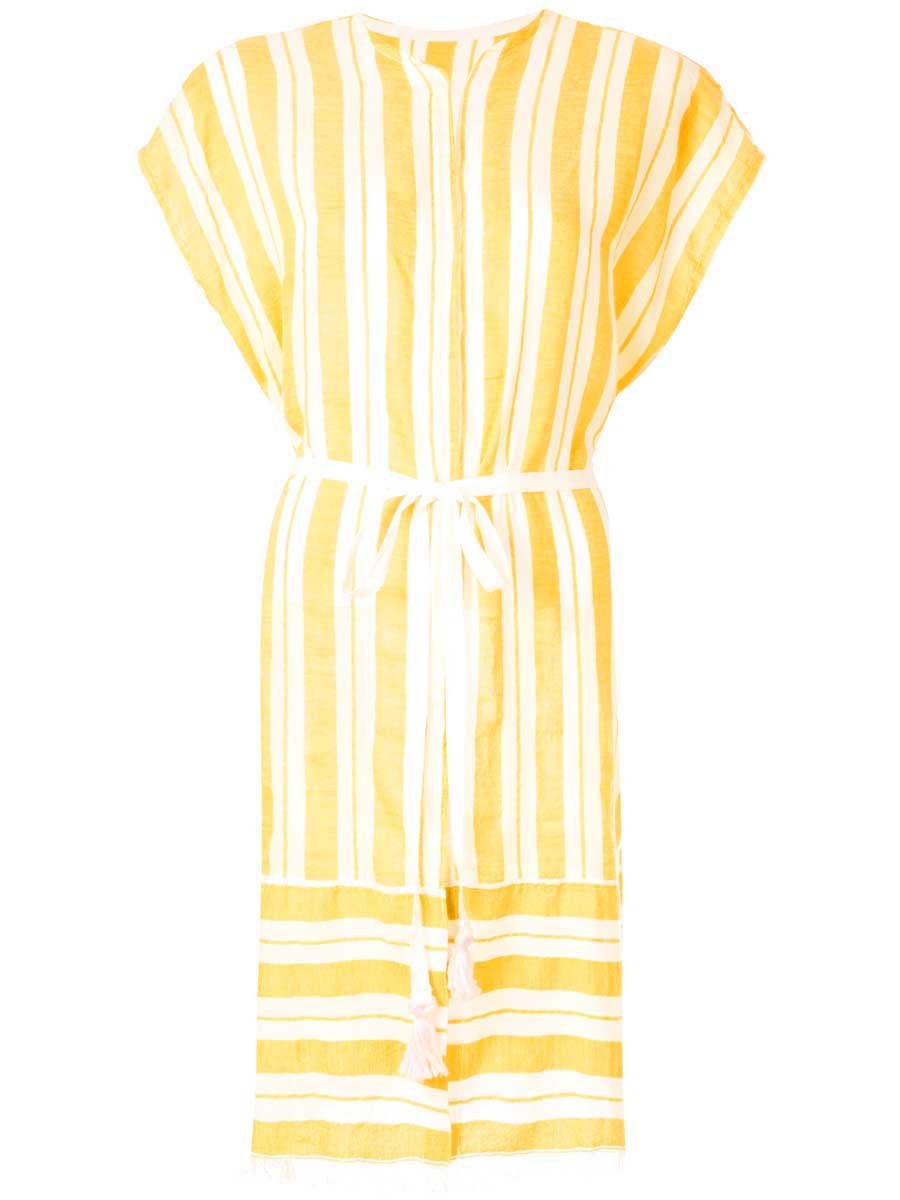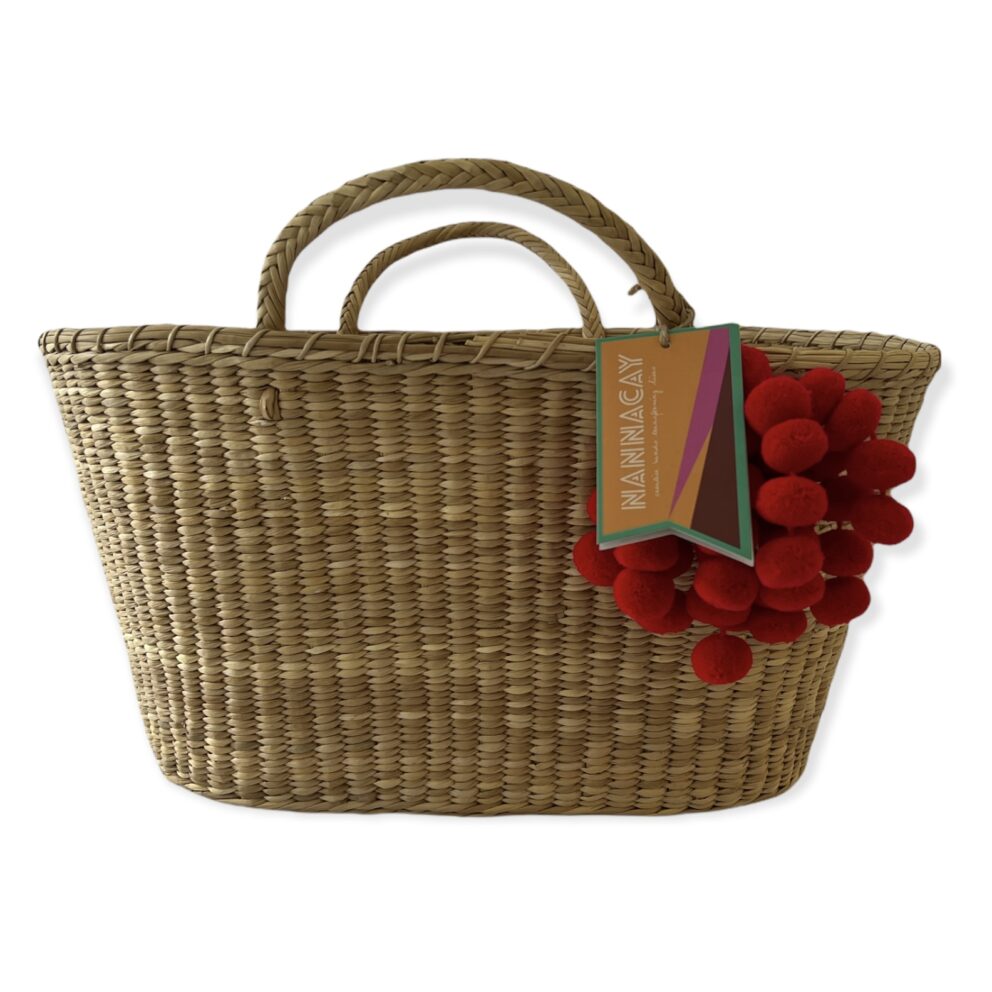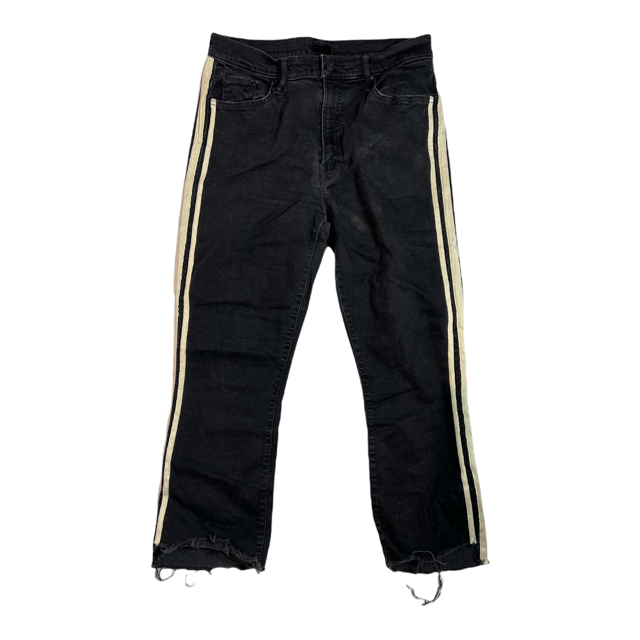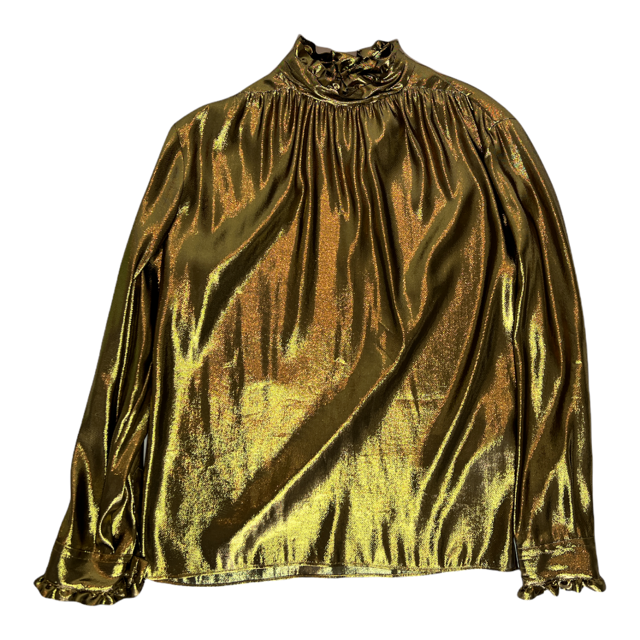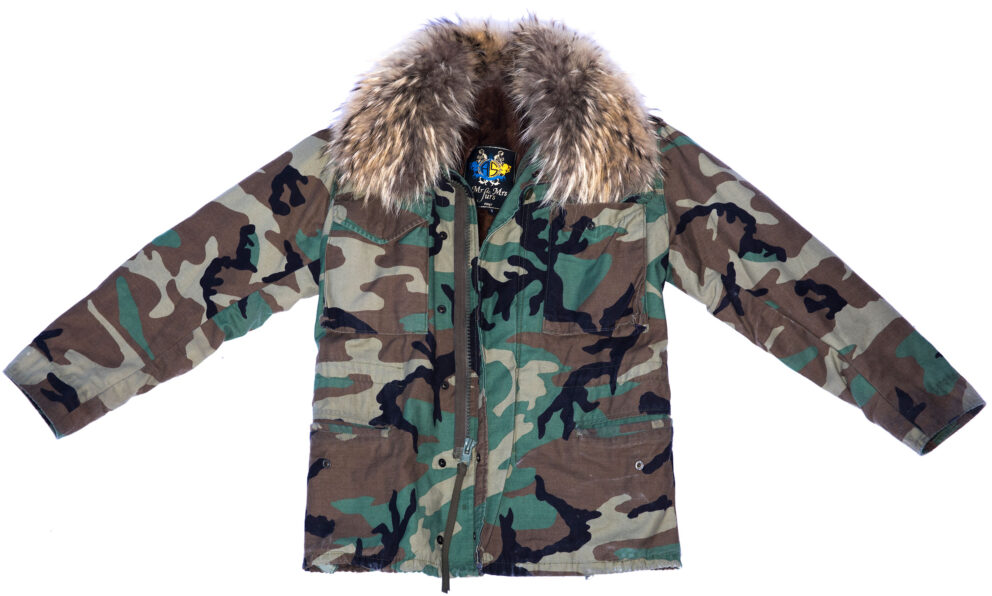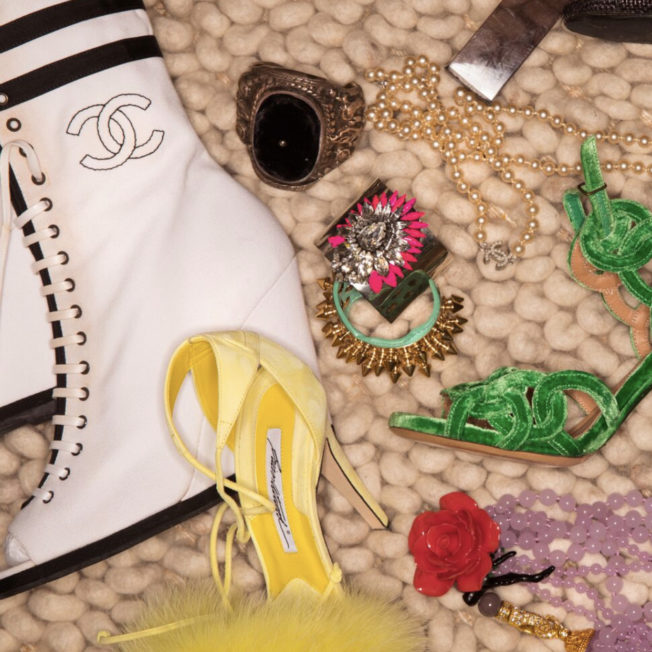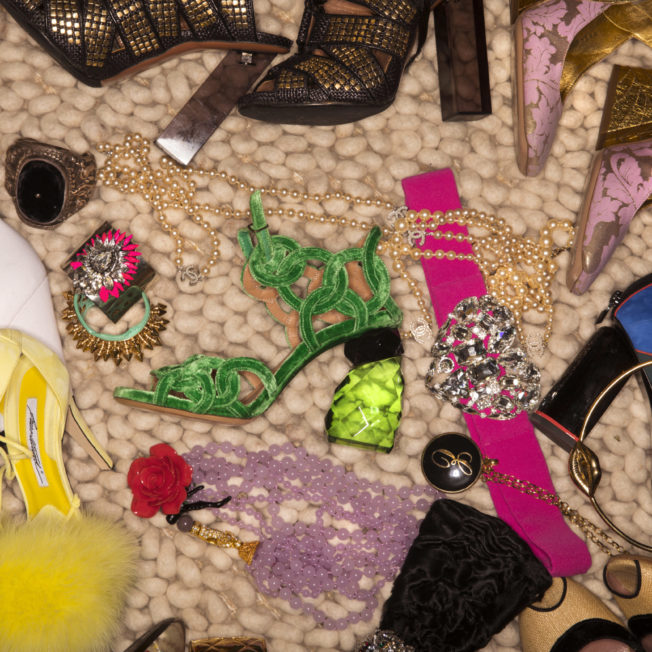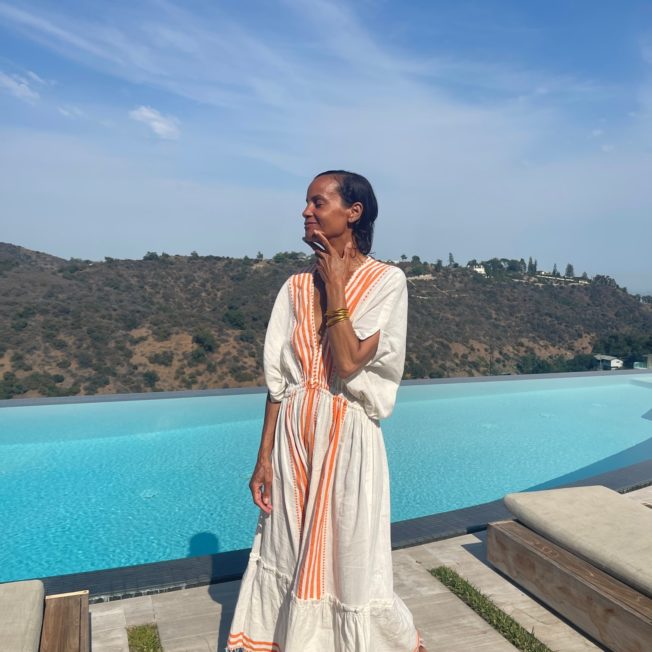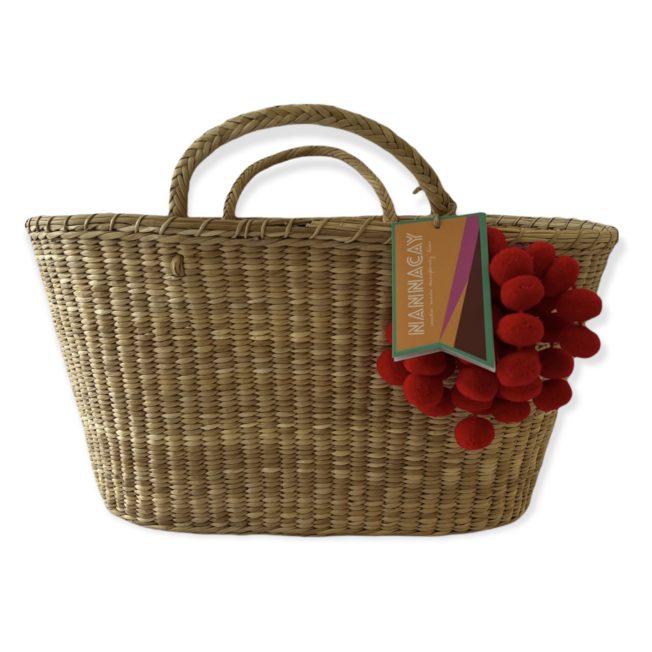You probably know her name, and you definitely know her face — but do you really know Liya Kebede? The Ethiopian model has been in the spotlight for nearly two decades in almost every way imaginable: As a model (she got her start with Tom Ford at Gucci); as an actress (we loved her in Desert Flower); as an activist (she parlayed a Goodwill Ambassadorship into a charitable foundation of her own); as a designer (her brand, Lemlem, is the epitome of boho chic). But there’s so much more to the self-described introvert than what you’ve seen in magazines. Did we mention she’s a mom, too?
Nécessité caught up with Kedebe to get the inside scoop on her ever-evolving career, how she’s bringing jobs back to her native country, and her epic new collaboration with Valentino’s Pierpaolo Piccioli.
You were born and raised in Ethiopia. What brought you to America? How old were you at the time?
I came to America right after high school because I wanted to have a better opportunity at life, and modeling was something I really wanted to do.
You’re fluent in French and English. What is your native language, and do you speak your native language with your children? What other languages have you mastered?
My native language is called Amharic, and I do speak to my kids in Amharic. They understand some of it, but they don’t really speak it unfortunately. I also understand some Italian.
Do you think it is important for American schools to implement strong language programs, so that children get to be fluent in another language? Why or why not?
I definitely think learning languages is really important for kids. I know for me, knowing all these different languages has really helped me a lot in my career. I can almost go anywhere and communicate with the locals, which is quite comforting.
Did you ever visualize yourself modeling before you were discovered?
Yes, I used to dream of course about modeling and being a model when I was back in Ethiopia. I had posters of Naomi Campbell on my bedroom wall!
How were you discovered as a model?
I started modeling when I was in high school back in Addis Ababa. When I finished high school, I decided to go to Paris to try my luck in modeling but I had a very difficult time. My brother, who was living in Chicago, told me to come and stay with him, which I did for about two years and did some modeling there. Eventually, I moved to New York and met Tom Ford and did the Gucci show — which changed everything for me.
What was your first modeling runway show? What was your first print job?
My first runway show was probably in Ethiopia, but that was a very different experience. I am not sure I remember my first print job… but I think it was probably in Chicago, when I did catalogue work.
When you started modeling, there were no social influencers, no social media — people were only able to book models from a comp card. Do you think technology has changed how models are booked for work now? If so, how?
Yes, it has completely changed everything! Today, clients and brands really look at models’ Instagrams and consider that before booking you. Of course, not all of them do this, but a number of them do. It’s opened up doors for different types of girls to exist, which is a good thing. At the same time, like everything, it has a downside. We are putting everything and anything on social media, putting value on clicks and likes versus creativity.
You have a charitable foundation — the Lemlem Foundation. What inspired you to start it, and what is the charity’s mission?
Becoming a mom was a defining moment for me and it helped me channel my passions — I knew I wanted to do something to help women in Africa, so for six years I served as a Goodwill Ambassador at the World Health Organization to help raise awareness for maternal health in Africa. But after that, I founded Lemlem Foundation to be able to take sustainable action.
Most recently, we launched our new artisan training program with Lemlem’s atelier in Ethiopia, with the goal of helping women obtain job skills and connecting them to apprenticeships in the textile industry. This can help lift a new generation of female artisans and their families out of poverty. We want to be a positive case study and help the fashion industry recognize Africa as the source of outstanding creativity and high-quality artisanal production.
Lemlem is also the name of your beautiful clothing line, handmade in Ethiopia. What does Lemlem mean and how did you come up with the name?
Lemlem means to flourish or bloom in Amharic. It also happens to be my daughter’s nickname. So when my team suggested to me a few different names, I smiled when I saw Lemlem on there — I felt it was a sign, so we called the brand Lemlem.
You’ve made such a positive impact in your home community of Ethiopia by having your clothes made there. What difference have you seen in your community in Ethiopia as a result of the birth of Lemlem?
The traditional weavers in Ethiopia who make our clothes were suffering. They were losing customers who were moving to fast fashion brands. As a result, weavers were losing jobs, living in difficult conditions, and the art of weaving was dying. When I started Lemlem I wanted Ethiopian weavers to have an even bigger market: an international one.
Nearly 250 artisans are now employed making Lemlem’s beautifully hand-woven line — which has grown to include women’s, men’s, and kids collections that are sold worldwide. These artisans’ lives have improved dramatically, and seeing this led to a new sense of focus and purpose for Lemlem.
As we celebrated Lemlem’s 10 year anniversary in 2017, we took the step to bring the foundation and business together and target our philanthropic efforts to help women artisans and their families thrive by expanding our programs to include professional training in technical, business, and leadership skills in addition to our continued investment to improve access to maternal health. And together, we’re showing Lemlem customers what their purchases and support can truly accomplish. Bringing those pieces together feels like a dream come true.
What one piece from your newest Lemlem collection does every woman need to add to her wardrobe?
The Doro Open Front Caftan in Yellow. This style is so versatile, and it has a head-turning color. You can wear it open or closed, as a dress or as a cover-up, making it a wardrobe staple. Also, the Aweke Banu Stripe Dress. This style is a best-selling Lemlem silhouette reimagined in soft, romantic hues with rosy pink stripes nestled alongside an unexpected pop of shimmering silver.
How often do you go back home to Ethiopia, and what do you do when you’re there?
I try to go back to Ethiopia regularly — first, to see my family but also, to meet with the weavers that are making Lemlem. It’s always so nice to go and visit with them because it’s a constant lovely reminder of why we do what we do at Lemlem!
For someone visiting Ethiopia for the first time, what is that one thing they must see or do while there?
I can’t just say one thing — they must make sure to visit Lalibela and Gondar and the south Omo and Danakil! Lots of things to visit.
You have acted in a few great movies — I loved you in Desert Flower. Modeling and acting are both about getting into character for the camera, working long hours, showing up ready to work, and much more. How do you mentally prepare for both?
I don’t have to prepare mentally that much anymore for modeling, it’s more just being in an open state of mind and being ready to play and explore on set. For acting of course, I need more preparation with the text and research to get into the required character.
You have accomplished much in your life, what is something you would love to accomplish that you have not thus far?
I definitely want to explore more in cinema and TV, so let’s see.
What is that one thing about you that we probably would never guess?
I am very introverted.
Self-Care is a nécessité. What do you do for yourself that is self care and absolutely a must for you to do for you?
I have always had a hard time with self-care — it is something I am trying to incorporate more in my life.
You recently collaborated with Valentino’s Pierpaolo Piccioli for Genus No. 1 collection, which is such a huge opportunity. What does this mean exactly? How did this come about, and how hands-on are you with this creative process?
Yes, this is really exciting news! This came on last couture [season] when Pierpaolo and I ran into each other at the Ritz in Paris. We were catching up and I mentioned to him how I would love for us to do something together. A few months later, he called me with the Moncler project, which was perfect! Remo and I have always wanted to work together on a Moncler project! It launched on February 20th, and I was so excited to share it with everyone!
Photographer Credit: Constantin Papakonstantinou




